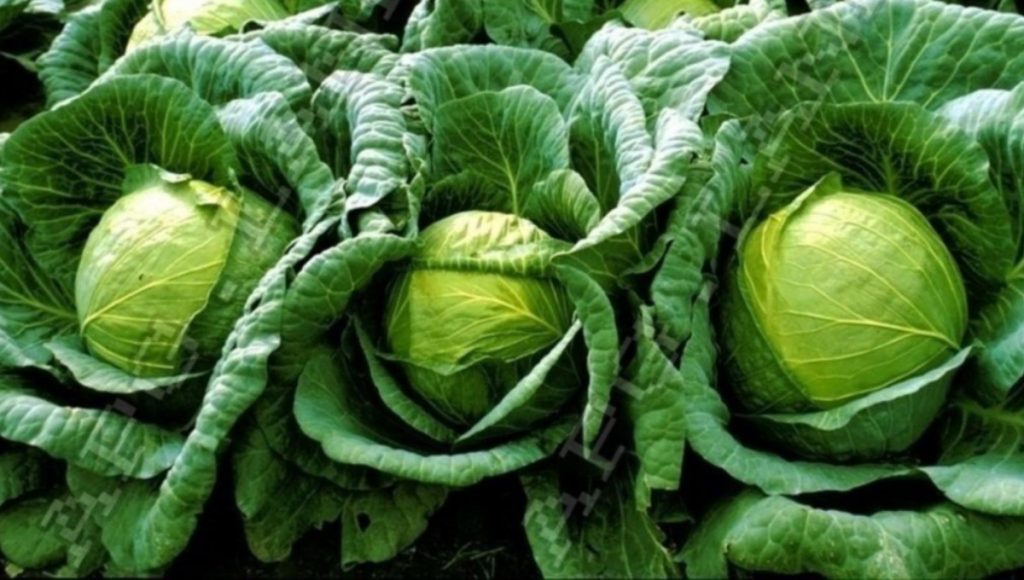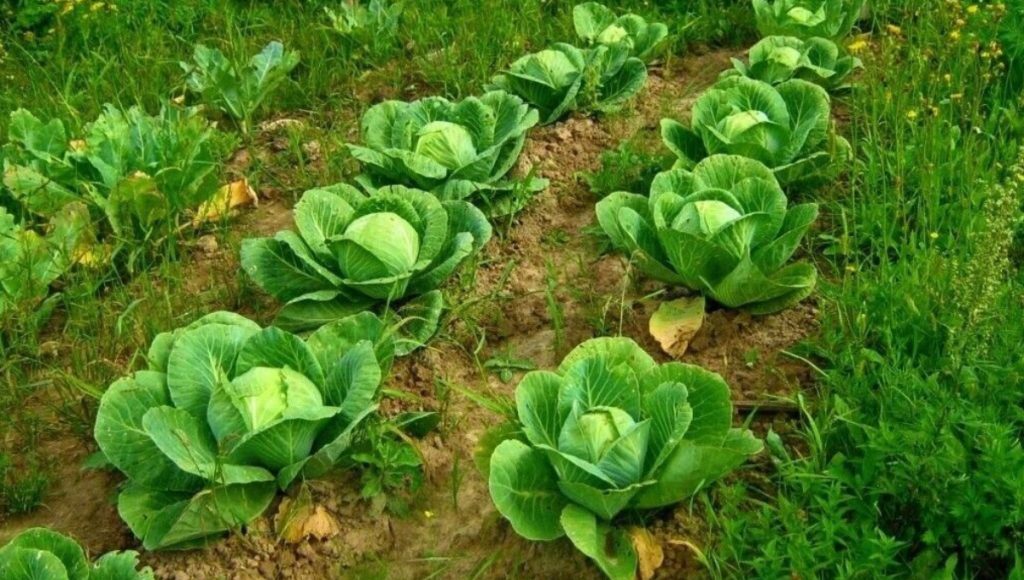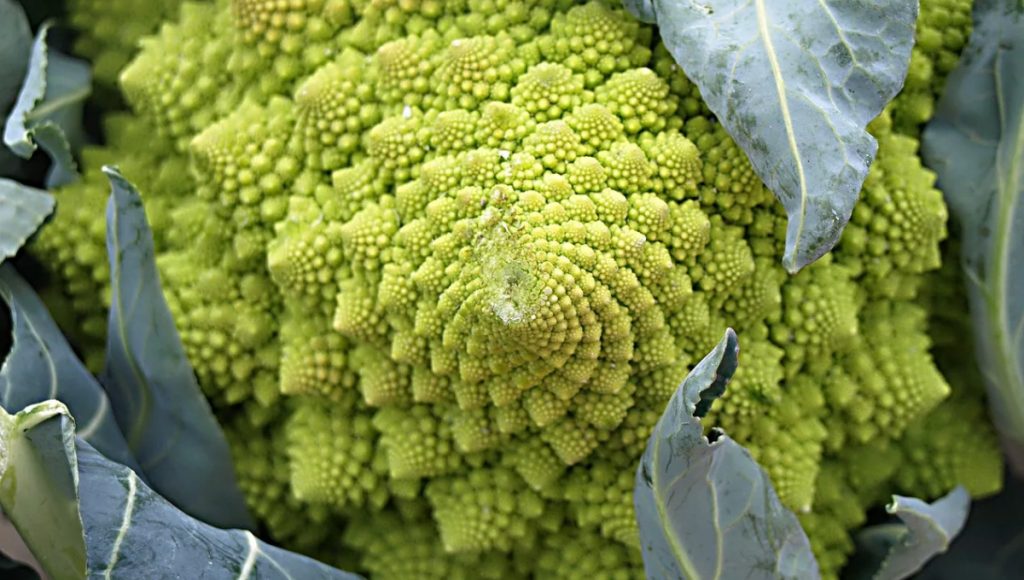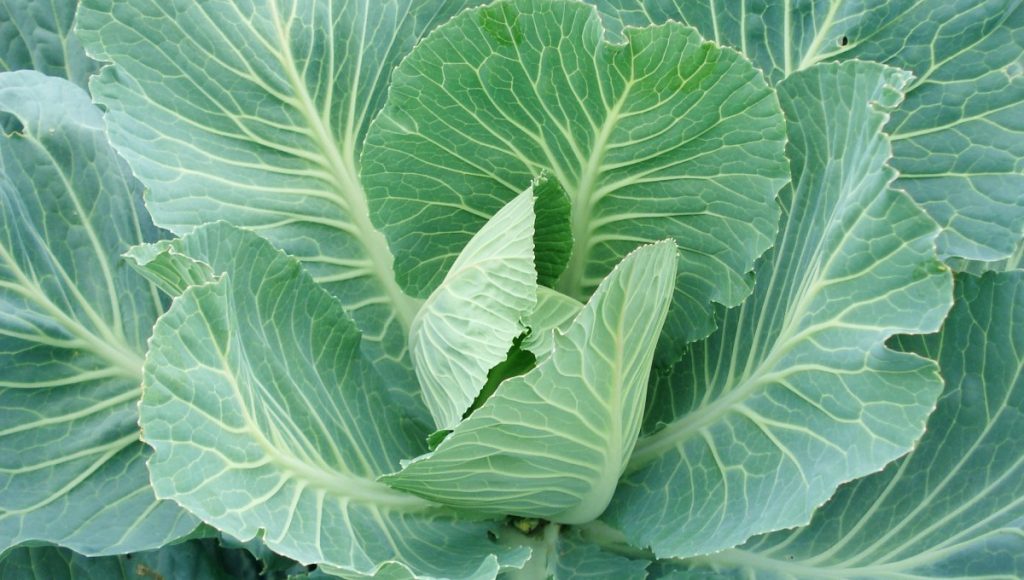I have a word for it. Do you know how excited that made me? I went from an observation, to some questions, to an answer, all because of responses to this blog and Facebook, all in a few days.
I’m talking about the kale-y question I asked in last week’s post Kale sidetracked my day.
You’ll remember that I spotted little leaves growing out of my kale leaves. Yes, leaves sprouting leaves.

No, I’m not going bonkers. I wanted to know if this was just one of those anatomical oddities or whether these little leaves were clones. My brain was whirring with all the possibilities.
I could tell you straight away what I found out. But that would spoil the fun.
My initial garden observation led to Google. Don’t give me that look. I know I’d be better off asking a friendly botanist. But we all use it. Go on, admit it. You do too.

But without a keyword I was left plugging in “kale leaves growing on leaves”, which explains my ludicrous and meaningless results.
So, I turned to Facebook, first posting on my own page, calling out for more information. Nothing. It was only when I posted onto other people’s pages that the results began to roll in. I’ll announce them in reverse order.
The Bronze Medal goes to Australian garden writer Penny Woodward, who specialises in edible and useful plants, and who just happens to have a botany degree.

In case you can’t read it, here’s Penny’s response:
Hi Geeky, I’ve had them on my red russian kale too. I initially thought they might be due to a virus, in the same way that strawberry virus can cause small leaves to grow on strawberries, but I can’t see any suggestion that viruses can cause this in kale. It does seem to be confined to red russian types (Brassica napa vars) and I found a lovely website with lots of different types available in the US (http://www.adaptiveseeds.com/catalog/kale) but I’m sorry I haven’t been able to find if the leaflets have a name or a function. I will keep looking though and will let you know if I find an answer, cheers Penny
Next came the delightfully cheery Catherine Stewart who gets the Silver Medal. Catherine’s the Australian creator, curator and editor of Garden Drum, a website that you could get lost in for hours as it hosts garden blogs from around the world.

Catherine replied via Facebook, invited me to email her a better image, and we emailed back and forth. She told me these leaflets might be ‘plantlets’. See! I wasn’t too far out. But the botanical name for them was “somatic foliar embryos”. Somatic, I’m guessing because they grow from the plant’s ‘body’ and not sex cells, foliar from its leaves, and embryos, well, the beginnings of a new plant.
Catherine too wanted to investigate further and said she’d get back to me. She did, only to quote Elizabeth Swane, another leading Australian garden writer she’d contacted on my behalf. Elizabeth said these leaflets were just normal leaf variation in some types of kale and nothing to worry about.

So, possibly plantlets, possibly not.
Now to the top prize. The Gold Medal goes to The Garden Professors, in particular Associate Professor Linda Chalker-Scott. Linda is one of four US horticulture professors whose mission is to share evidence based advice to gardeners via a blog and Facebook page.
Linda confirmed, via Facebook and email, that this phenomenon is known as epiphylla, a natural form of cloning. So, I was right! Though, I did feel a bit of an idiot shouting “yes” into my computer.
Congratulations, it’s epiphylla. Who’s a pretty plantlet
Congratulations, it’s epiphylla. Who’s a pretty plantlet!
Linda offered to email me a review on the subject, dated 1978, which I’ll get to in a minute.

To be honest, I was chuffed that I’d stumbled on a field of enquiry that was last written about extensively 35 years ago. Back in 1978 I was 10 years old, Louise Brown, the world’s first test-tube baby was born, and Sydney suffered its first terrorist attack with the bombing of the Sydney Hilton.
That’s also when a researcher called Timothy Dickinson from the University of the West Indies in Jamaica reviewed the phenomenon of epiphylla.
I have visions of him toiling away in a lab with shocking-pink bougainvillea framing an open window, his view out to sea interrupted only by a hammock slung between two palm trees. I may be completely wrong. For all I know, the botany lab could look out onto a car park and the gents’ toilets.

Anyway, here’s the reference to Timothy’s work: Dickinson TA (1978) ‘Epiphylly in Angiosperms’ Botanical Review, 44(2): 181-232.
Linda warned me that the content was “pretty turgid”. She wasn’t wrong. Needless to say that Timothy spent 51 pages describing this natural phenomenon whereby leaves, shoots and even flowers can grow on leaves. How they got there, why they occurred and what evolutionary benefit was up for debate. Then again, it was 1978, and who knows what’s happened to the science since.
So, there we have it. A phenomenon known as epiphylla whereby clones of the mother plant pop out of leaves for no apparent reason. Well, that’s the closest I’ve got.

Booby prize
As a postscript, I do feel the need to award a booby prize for the most disappointing ‘helper’ – Twitter – which must have been unplugged or washing its hair last week. Not one single plant scientist responded to my query.
Twitter did, however, provide more evidence that I was not bonkers. Dinah Wise (@IllfracombeGirl), a British organic gardener, said she’d also found some of these little leaves on her kale. Thanks Dinah. May caterpillars avoid your kale now and forever.
I’d love your thoughts on my geeky adventure.

